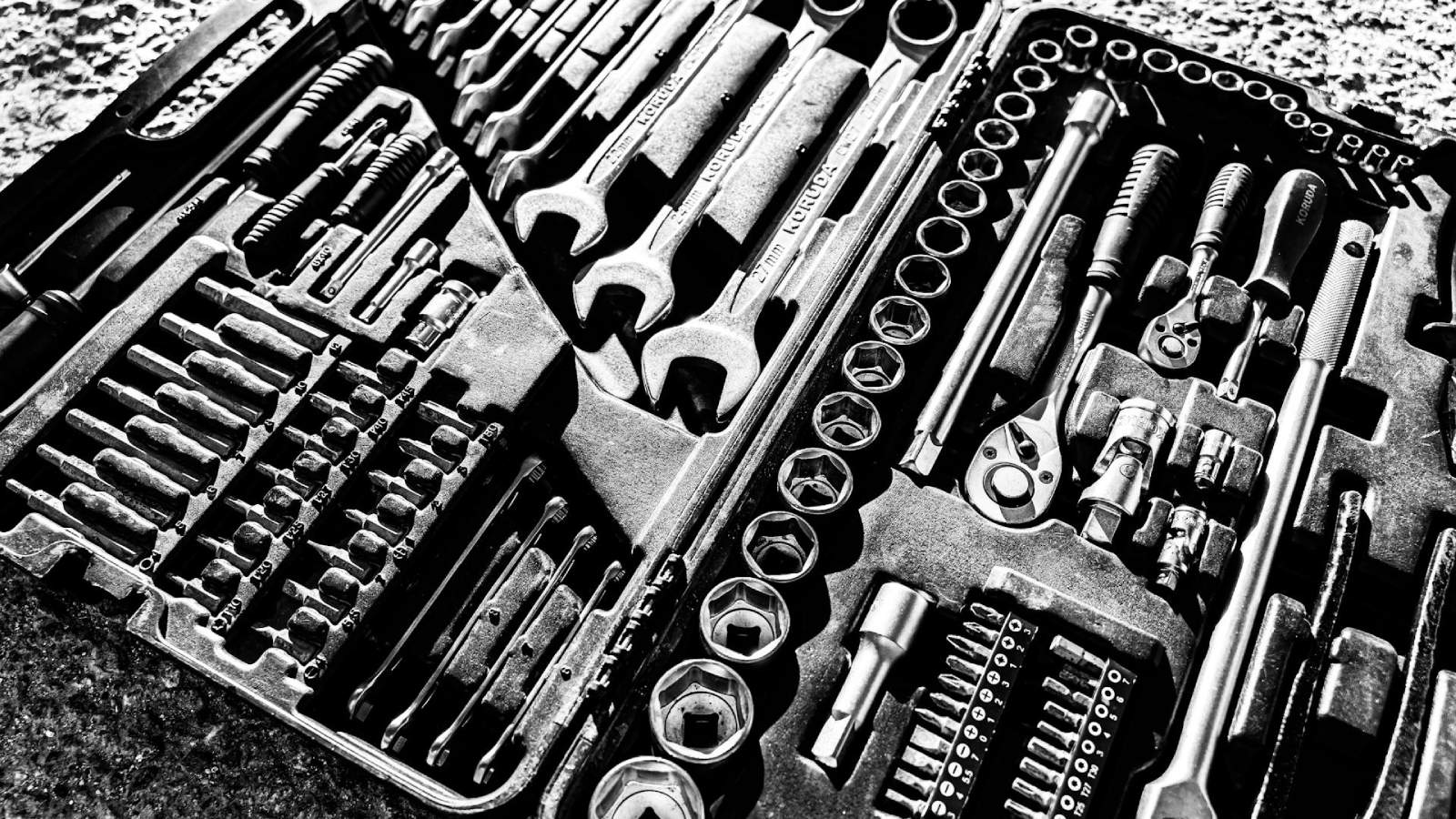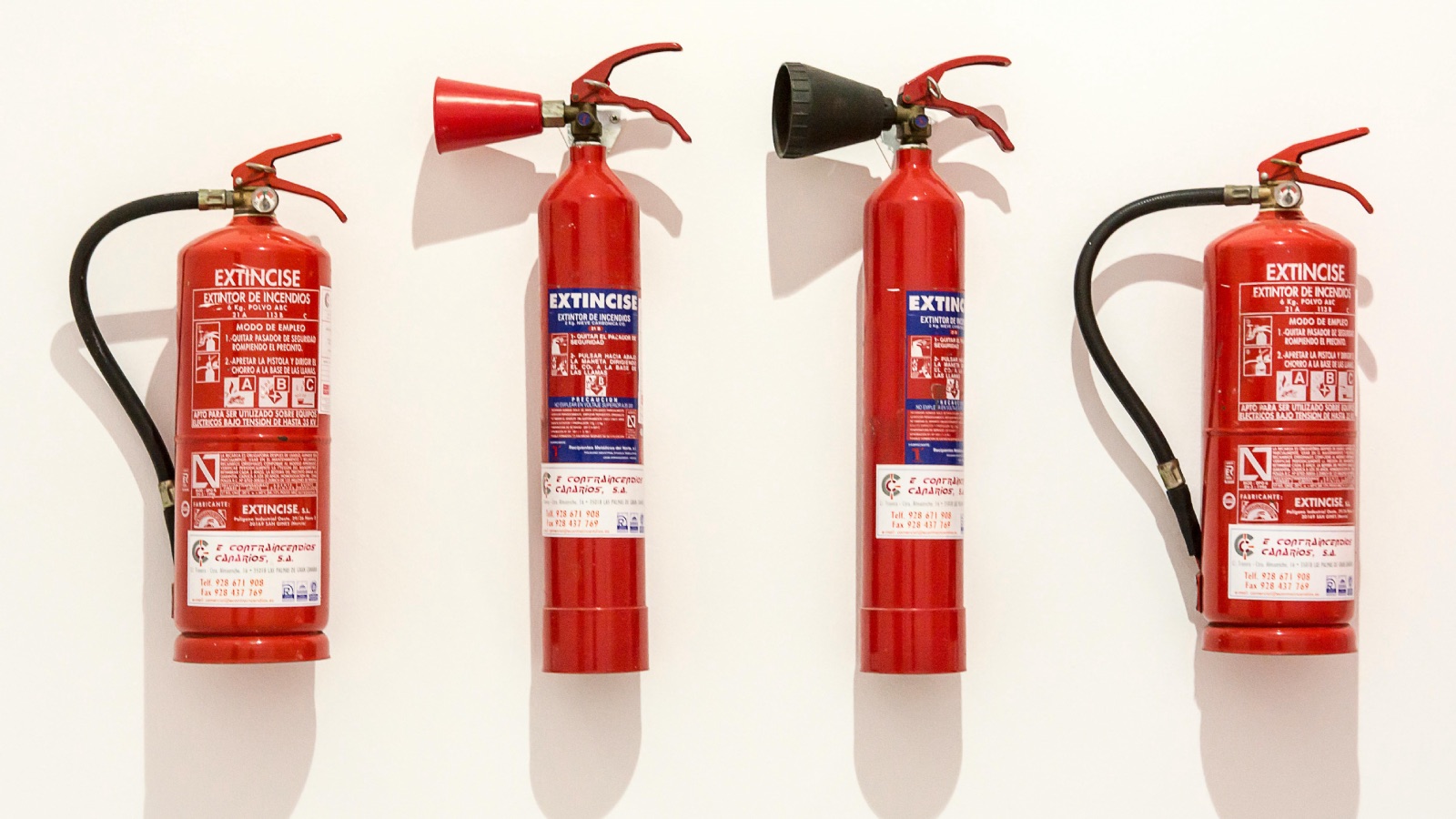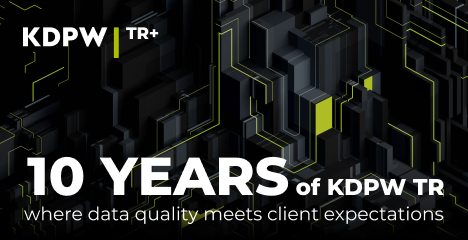So what could a transition to a tokenised but still regulated financial system look like? A recent 12-page suggestion by Citi’s Tony McLaughlin is triggering ripples of discussion among those with insight. DLT tech provider SETL has added a paper on how it could be approached in reality – and industry profile Olaf Ransome is asking his post trade readers whether our everyday reconciliation work will still be needed if we all share the same version of the truth online.

Tony McLaughlin’s paper “The regulated internet of value”, published a month ago, proposes how the established financial world could acquire some of the capabilities where unregulated multi-asset networks currently seem to be expanding their lead through the application of distributed ledger technlology, DLT. The transition should take place without sacrificing the safety that investors enjoy under today’s high level of regulation in the traditional finance space.
Put simply, Tony McLaughlin’s main idea seems to be that since DLT can tokenise anything, it could be put to primarily tokenise stuff that is regulated in the first place. Referring to traditional money as “regulated liabilities”, he goes on to think up how it could share a network with regulated assets to enable effortless exchange between the money and the tokenized securities.
Global card schemes showed the way
“Such a network would be significantly different from today’s siloed financial architecture — a regulated internet of value. This system would embody tokenized currencies, bonds, equities, trade instruments and other regulated financial instruments in an ‘always on’, programmable and global network,” he writes.
“While the creation of such networks may seem a pipe dream, the 20th Century witnessed the creation of highly successful regulated, global, account-based networks, such as global card schemes. If the tokenization thesis holds true, then the 21st Century may see the creation of regulated, global, token-based, multi-asset networks.”
Rather than thinking of it all as a new system, one could prefer to see it just as another format change to the instruments.
“In pre-digital days, liabilities were stored in paper ledgers. When record keeping moved to databases the legal instrument did not change. Nor is there a need for legal instruments change if regulated liabilities are transitioned to a DLT platform,” Tony McLaughlin suggests.
What is left to reconcile?
After Tony McLaughlin’s publication of his paper, DLT solution provider SETL has used it as the basis for proposing (in this 40-page paper) how the implemention in real life could be approached by financial institutions. All of which is in turn prompting industry profile and discussion catalyst Olaf Ransome to raise the question whether or not there will still be a need to keep both internal and external books and records.

“In financial services we demonstrate control and correctness by ensuring we reconcile our books, the internal ledger to an external statement. That basic discipline is a staple of daily operations and periodic audits,” Olaf Ransome writes in this LinkedIn post.
“I can see DLT doing many things, for example as a shared view of the truth accessible by all parties and stakeholders. Yet, there is one thing that I just don’t see happening; namely having a DLT ledger be both the internal and the external books & records. I think there has to be a discrete internal ledger, an external ledger or statement and there has to be a reconciliation, even if there are no differences. Maybe I am missing something. I wonder what those with audit chops have to say?”












